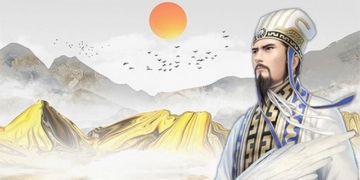New clues about the timing of dinosaur extinction, a mysterious ancient tooth, primordial galaxies… Let’s explore how scientific achievements in 2022 have broadened our horizons!
Most Notable Discoveries of 2022
- 1. Fossils Reveal Prehistoric Rainforest
- 2. NASA’s Explorer Discovers Surprising Feature
- 3. Spanish “Ghost Ship” Missing for 400 Years Emerges in the U.S.
- 4. Revival of Organs from Dead Pigs
- 5. Tonga Volcano Erupts with Surprising Intensity
- 6. World’s Smallest Snail Discovered
- 7. UN Report Reveals Climate Change’s Impact on Human Health
- 8. NASA’s New Space Telescope Achieves Major Surprise
- 9. Antarctic Ice Shelf Unexpectedly Cracks
- 10. Ancient Tooth Tells a Mysterious Story about Human Ancestors
- 11. Giant Stingray Sets Record for Largest Freshwater Fish
- 12. New Details on the Event That Led to Dinosaur Extinction
- 13. Microplastics Found in Human Blood for the First Time
- 14. New Evidence Suggests Spiders Might Dream
- 15. Discovery of the Oldest Dinosaur Fossils in Africa
Each year, researchers around the globe tirelessly strive to contribute to humanity’s vast repository of knowledge. Archaeologists search for traces of the past, unveiling ecosystems and civilizations that have collapsed. Astronomers seek to explain the mysteries of other worlds, while biologists and earth scientists illuminate the workings of our planet and the life it harbors. Medical researchers explore the complexities of the human body…
1. Fossils Reveal Prehistoric Rainforest
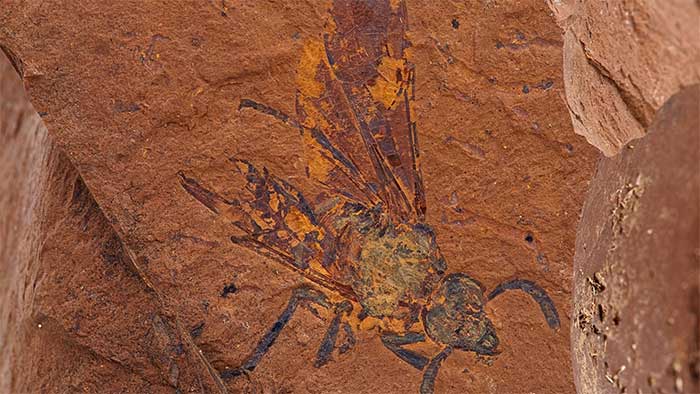
In January 2022, researchers announced a site in Southeast Australia where astonishing evidence of life in an ancient rainforest was discovered. The fossils at McGraths Flat date back 11 to 16 million years and represent some of the only known rainforest ecosystems from the Miocene epoch.
These tiny, soft-bodied creatures were remarkably preserved, including intact spiders with leg hairs and fish filled with mosquito larvae in their bellies.
2. NASA’s Explorer Discovers Surprising Feature
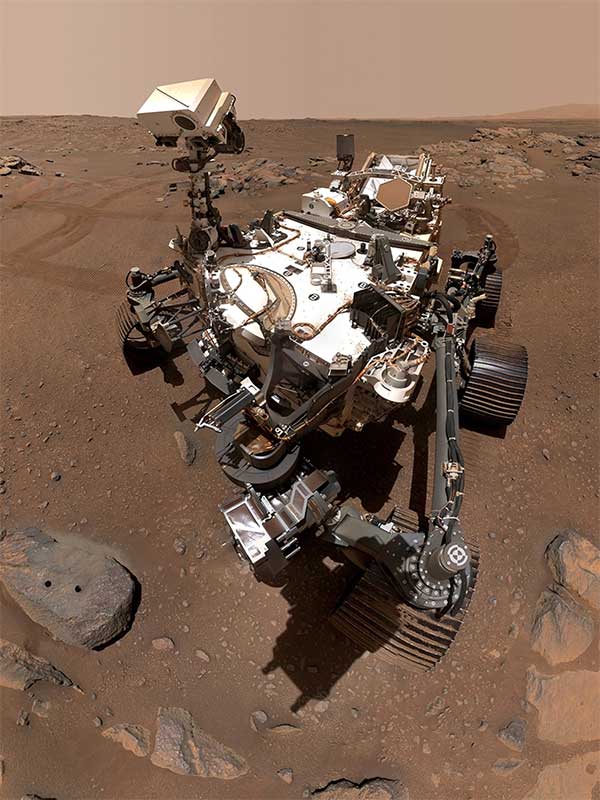
In 2022, NASA’s Mars rover Perseverance continued its mission to search for signs of ancient life on Mars. The site the rover explored was the Jezero Crater—a 45-kilometer-wide depression on the Martian surface that once contained a lake and river delta formed billions of years ago.
Perseverance made several surprising discoveries while traversing the crater, such as a thin purple coating on rocks that resembles a type of varnish formed by bacteria on Earth.
3. Spanish “Ghost Ship” Missing for 400 Years Emerges in the U.S.
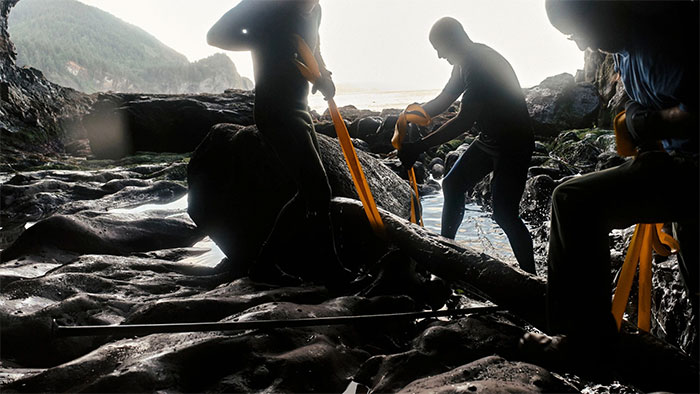
Wreckage from a legendary Spanish ship from the 17th century was discovered off the northern coast of Oregon, USA. It is believed to belong to the Santo Cristo de Burgos, a vessel that was en route from the Philippines to Mexico in 1693 when it veered off course and disappeared.
Known as the “Beehive Shipwreck,” this mysterious lost vessel has been the subject of legends for centuries and inspired the 1985 film “The Goonies.”
4. Revival of Organs from Dead Pigs

For the first time in medical history, scientists at Yale University successfully preserved the function of several vital organs from pigs, including the brain, heart, liver, and kidneys, even one hour after the animal had died. This research could one day expand the viability of human organs for transplantation, helping save patients’ lives. In fact, thousands of donated organs are discarded each year due to a lack of immediate preservation.
This research offers hope for a range of future medical applications in humans, as it could help organs survive longer, potentially saving thousands of people worldwide who need transplants.
5. Tonga Volcano Erupts with Surprising Intensity
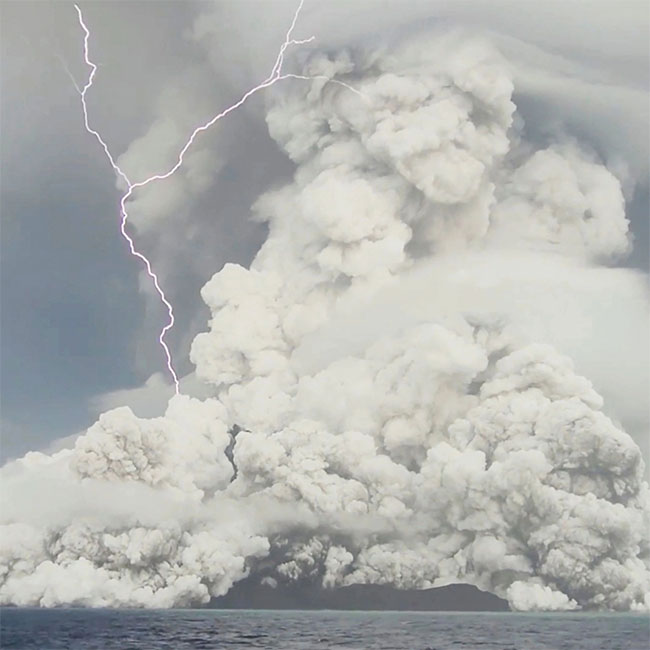
In January, the underwater volcano in the Kingdom of Tonga, known as Hunga Tonga-Hunga Ha’apai, caused an unprecedented eruption in recent decades. The explosion generated multiple pressure waves globally and horrific tsunami waves that struck both nearby and distant coastlines.
Before the volcanic ash settled, scientists raced to collect data on the eruption’s anomalies in hopes of better understanding the mechanisms behind the explosion and its extensive impacts.
6. World’s Smallest Snail Discovered
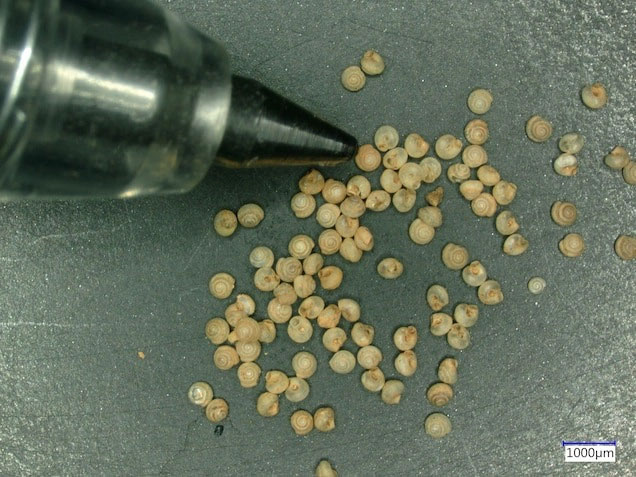
While searching for soil-dwelling animals in two locations in Southeast Asia, scientists discovered several new species of snails. Two of them are smaller than any previously known species. One of the newly identified species is named Angustopila psammion, with “psammion” derived from ancient Greek meaning “grain of sand.” This species lives in caves in Vietnam and measures only 0.6 mm in diameter. The other was found in a limestone gorge in Laos and is named A. coprologos.
7. UN Report Reveals Climate Change’s Impact on Human Health

For decades, scientists have warned about the impending risks of climate change. However, according to a groundbreaking report published by the Intergovernmental Panel on Climate Change (IPCC), some of the dangers we face have indeed materialized.
By 2100, the report states that three-quarters of the world’s population may regularly experience extreme temperature stress. People will also face increasing lung damage from air pollution and a greater incidence of diseases transmitted by blood-sucking vectors, such as mosquitoes and ticks, as they spread into new areas.
8. NASA’s New Space Telescope Achieves Major Surprise
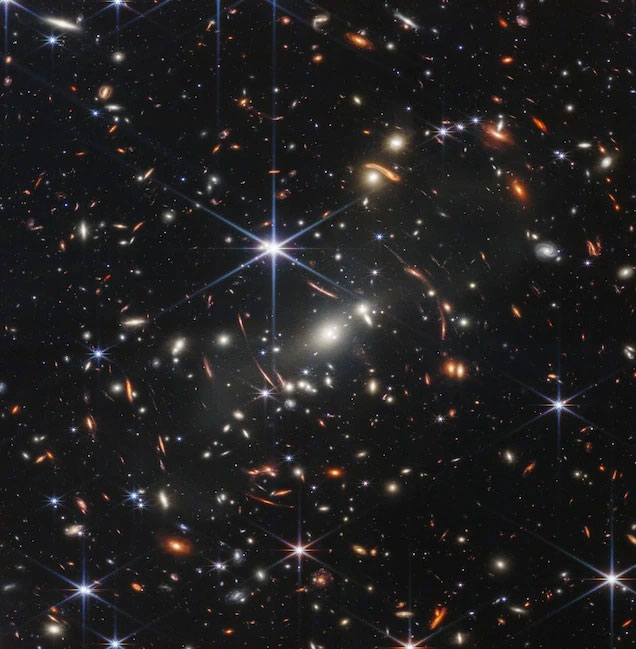
In 2022, NASA’s James Webb Space Telescope provided humanity with unprecedented images of the most distant regions of the universe.
One image of distant galaxies magnified by the gravitational pull of other galaxies in front provides “the deepest view of the universe ever,” said Thomas Zurbuchen, a NASA scientist.
9. Antarctic Ice Shelf Unexpectedly Cracks
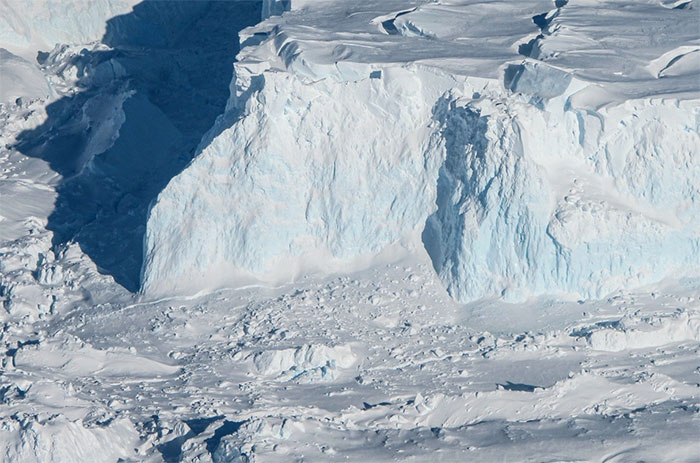
In the southwestern part of Antarctica, the wedge of the continent lying south of Argentina holds enough ice to raise sea levels by 3 meters. Some of that ice will undoubtedly melt as climate change “scorches” Antarctica, but scientists remain uncertain about how much ice will melt or how quickly it will do so.
However, early this year, researchers observed alarming signs that a major collapse could occur soon. A large ice shelf—the ice that protrudes into the sea preventing the glacier above from sliding into the ocean and melting—suddenly cracked unexpectedly.
10. The Ancient Tooth Reveals More Mysteries About Our Human Relatives
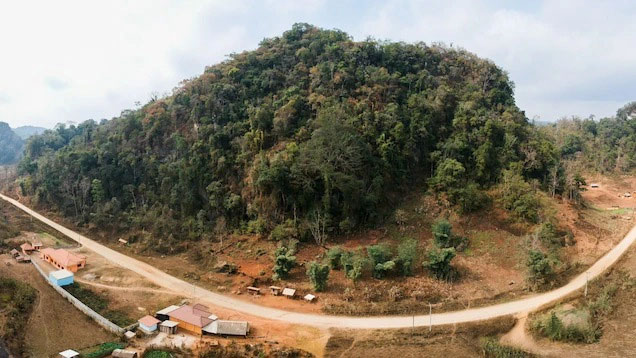
In May, archaeologists shared a remarkable finding in the journal Nature Communications that captured widespread attention. They unearthed a tooth in a small cave known as Cobra Cave, located in the Annamite Range in Laos.
Researchers believe this tooth belonged to a girl who lived at least 130,000 years ago and may have been a Denisovan—a mysterious early human group first identified in 2010. This discovery highlights the astonishing diversity of hominins and their ability to thrive in various climates.
11. Giant Stingray Sets Record for Largest Freshwater Fish
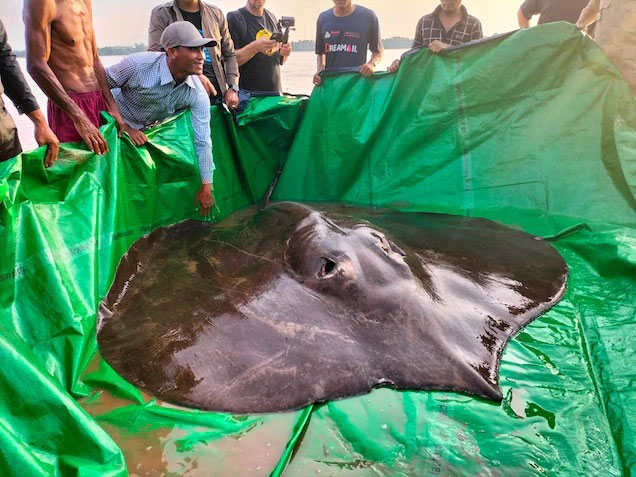
Since 2005, National Geographic explorer Zeb Hogan has traveled extensively to discover the world’s largest fish. In mid-June this year, Zeb’s team in Cambodia received a call from a fisherman named Moul Thun, who reported accidentally catching a giant freshwater stingray that was “much larger” than any fish he had ever seen.
Upon arrival, researchers found that this female stingray measured 3.9 meters from snout to tail and weighed nearly 300 kilograms. It has become the largest freshwater fish ever recorded, recognized by the Guinness World Records on June 24.
12. New Details on the Impact That Led to Dinosaur Extinction
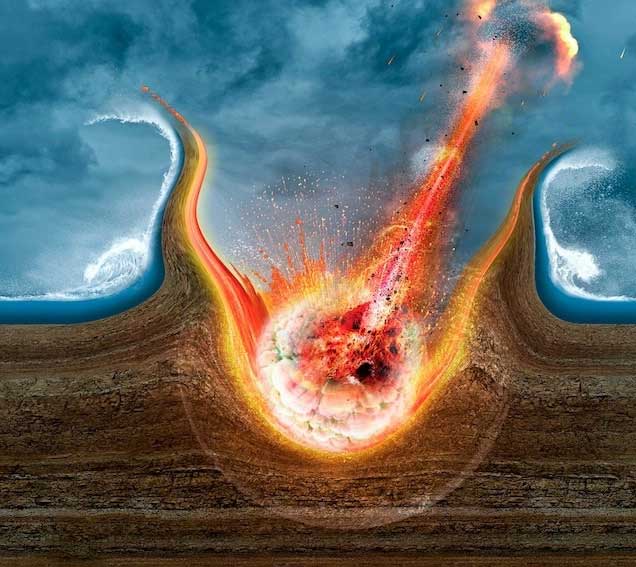
66 million years ago, the trajectory of life abruptly changed when an asteroid about 10 kilometers in diameter struck the waters off the Yucatán Peninsula in Mexico. This collision wiped out over three-quarters of Earth’s species, including all dinosaurs, except for birds. It also left a massive crater—known as Chicxulub—beneath the ocean floor.
In February of this year, scientists studying a collection of fossils concluded that an asteroid had also fallen in the Northern Hemisphere. By March, they provided an overview of the devastation caused by that asteroid. By August, researchers announced they had found traces of another crater on the seabed off the coast of West Africa, dating back to the same period as Chicxulub.
13. First Discovery of Microplastics in Human Blood

Plastic fragments have been found on Mount Everest and in the deepest parts of the ocean, and now, for the first time, they have been detected in human blood and lungs.
In blood donated for research purposes, scientists discovered nano-plastics, with diameters of less than one micrometer, which could be inhaled or ingested. They also found plastic fibers approximately 2 mm long in the lungs of patients who underwent surgery.
Microplastics are now ubiquitous in the environment, within marine organisms, and in drinking water. However, the World Health Organization (WHO) states that there is still insufficient information to determine their toxicity to human health, requiring further research.
14. New Evidence Suggests Spiders May Dream

Daniela Roessler, an ecologist at the University of Konstanz, typically conducts field research in the Amazon rainforest. However, during the COVID-19 lockdown in 2020, Daniela began observing jumping spiders living in the fields near her home in Trier, Germany.
She noticed that sometimes when the spiders slept, they would dangle from a silk thread with their legs curled up, occasionally twitching as if they were dreaming.
Roessler stated: “The way they twitch reminded me of the dreams of dogs and cats.” Daniela set up a lab to observe them, and the results of her research published in 2022 showed that jumping spiders experience a sleep-like state with rapid eye movement similar to that observed in dreaming humans.
15. Discovery of the Oldest Dinosaur Fossil in Africa
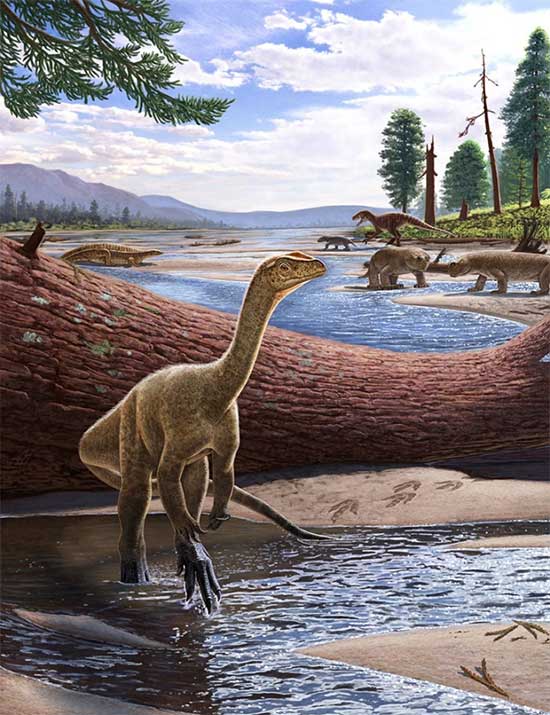
In August, a research team funded by the National Geographic Society announced a remarkable fossil discovery: the oldest dinosaur found in Africa.
The ancient creature, named Mbiresaurus raathi, lived approximately 230 million years ago during the Triassic period. It was discovered among rock fissures in Zimbabwe. Although Mbiresaurus is one of the earliest known ancestors of the Sauropod dinosaurs (large lizard-hipped dinosaurs), it itself was not particularly large, standing about 1 meter tall and weighing 30 kilograms, according to research published in the journal Nature on August 31.


















































